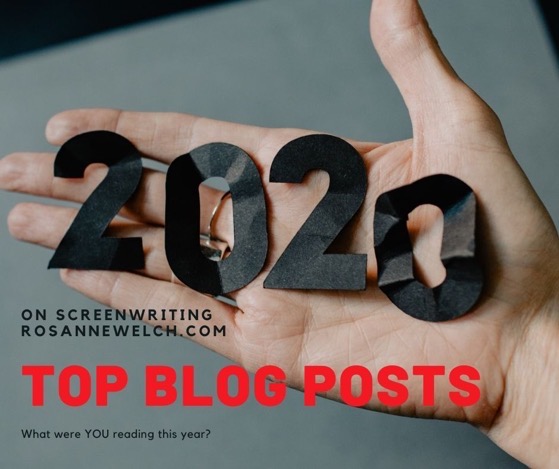The Stephens College MFA in TV and Screenwriting is building a relationship with the Autry Museum of the American West since both organizations are devoted to bringing out more diverse and untold stories. Last year we were able to take our cohort of graduating MFA candidates to the museum’s theatre for a showing of Michael Wilson’s Salt of the Earth and we had plans to present a film of our choice this year – but of course the pandemic changed all that. Instead, Autry Curator Josh Garrett-Davis asked me if I would sit for an interview about female screenwriters in the western genre and so “When Women Wrote Westerns” came to be a part of their “What Is a Western? Interview Series”.
I had a great time discussing so many wonderful women writers – from Jeanne MacPherson to D.C. Fontana to Edna Ferber to Emily Andras. If you love westerns I suggest you watch Josh’s other interviews covering everything from the work of Native Americans in Western movies to films in the western-horror hybrid. — ![]()
As part of a series exploring the significance of the Western genre and the ways in which the movies shape our understanding of the American West, Autry Curator Josh Garrett-Davis interviews Professor Rosanne Welch about the women screenwriters of Hollywood and their contributions to the Western genre.
Find more information at the Autry Museum of the American West
Podcast: Play in new window | Download
Subscribe: RSS
![Watch Dr. Rosanne Welch on What Is a Western? Interview Series: When Women Wrote Westerns from the Autry Museum of the American West [Video] (27 minutes)](https://rosannewelch.com/wp-content/uploads/2021/01/RMW-Rosanne-Signature-for-Web.png)
![Watch Dr. Rosanne Welch on What Is a Western? Interview Series: When Women Wrote Westerns from the Autry Museum of the American West [Video] (27 minutes)](https://rosannewelch.com/wp-content/uploads/2021/01/rmw-autry-interview-w3h-20210122.jpg)
![07 The Monkees Writers Room from There And Back Again: Writing and Developing for American TV [Video] (44 seconds)](https://rosannewelch.com/wp-content/uploads/2021/01/rmw-oxford-brookes-07.png)

![Dr. Rosanne Welch Hosts “Act Two: Transitioning to TV Writing from Previous Careers” for the WGA Foundation [Video]](https://rosannewelch.com/wp-content/uploads/2021/01/wga-2021-transitioning.jpg)
![06 Inside The Writers Room from There And Back Again: Writing and Developing for American TV [Video] (43 seconds)](https://rosannewelch.com/wp-content/uploads/2021/01/rmw-oxford-brookes-06.png)

![05 Women Writers Matter from There And Back Again: Writing and Developing for American TV [Video] (27 seconds)](https://rosannewelch.com/wp-content/uploads/2021/01/rmw-oxford-brookes-05.png)


